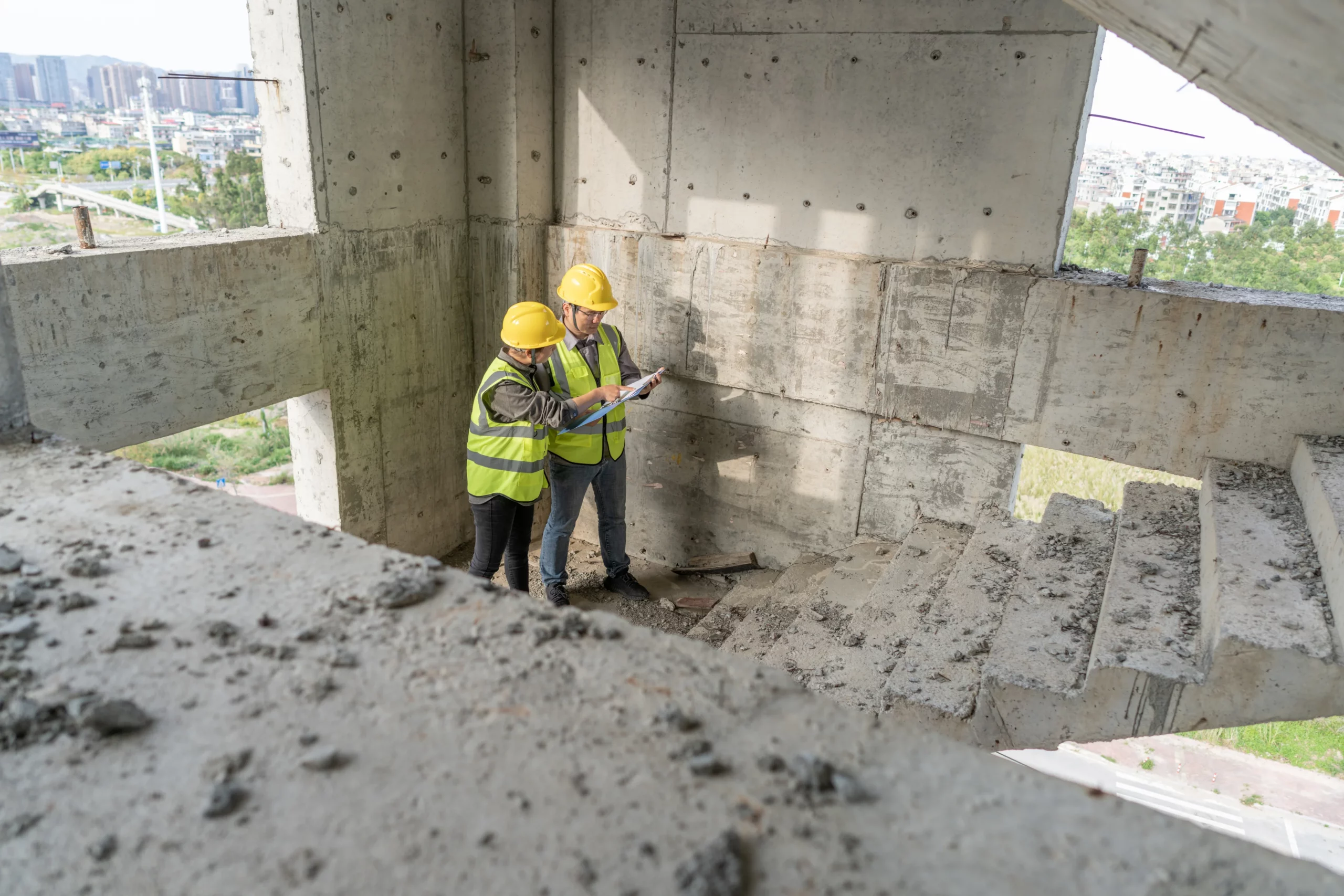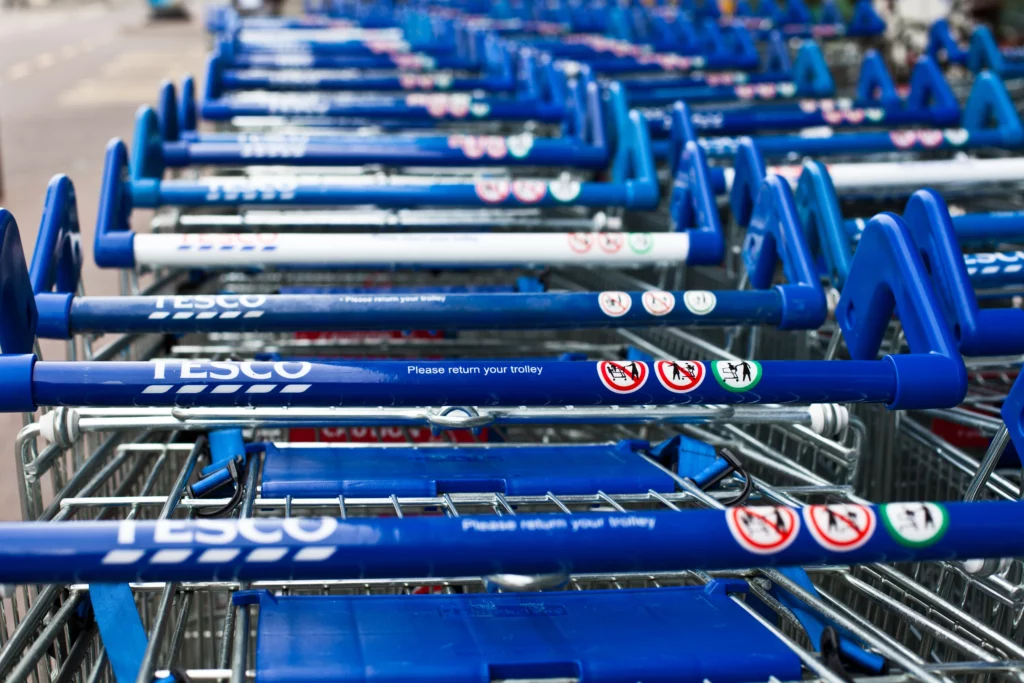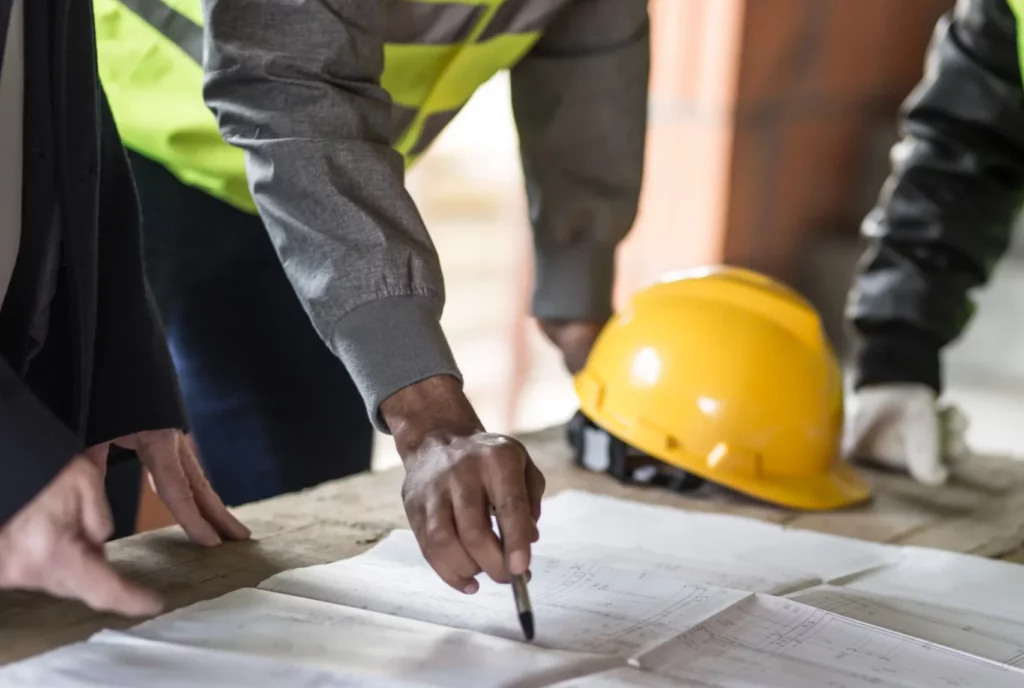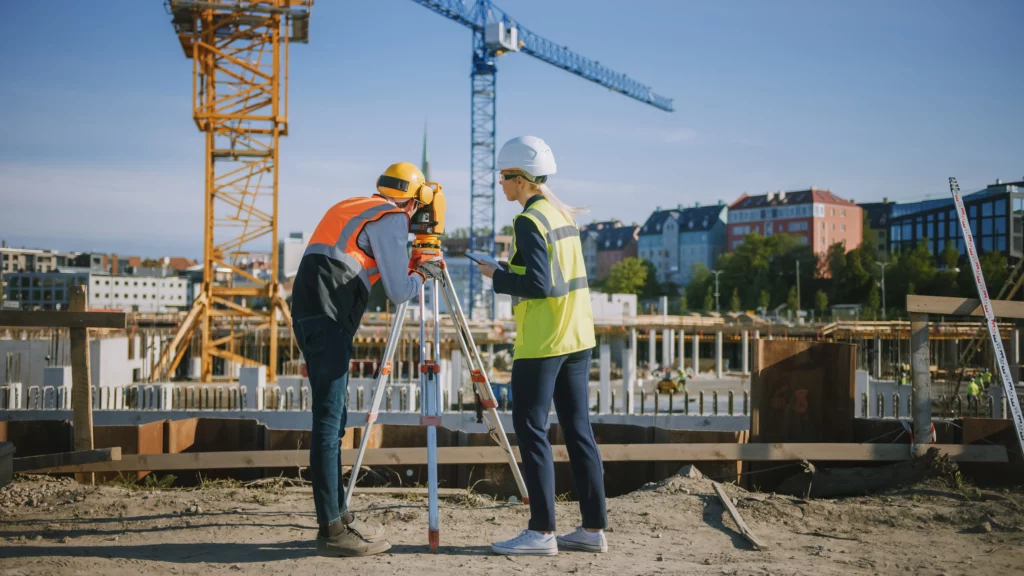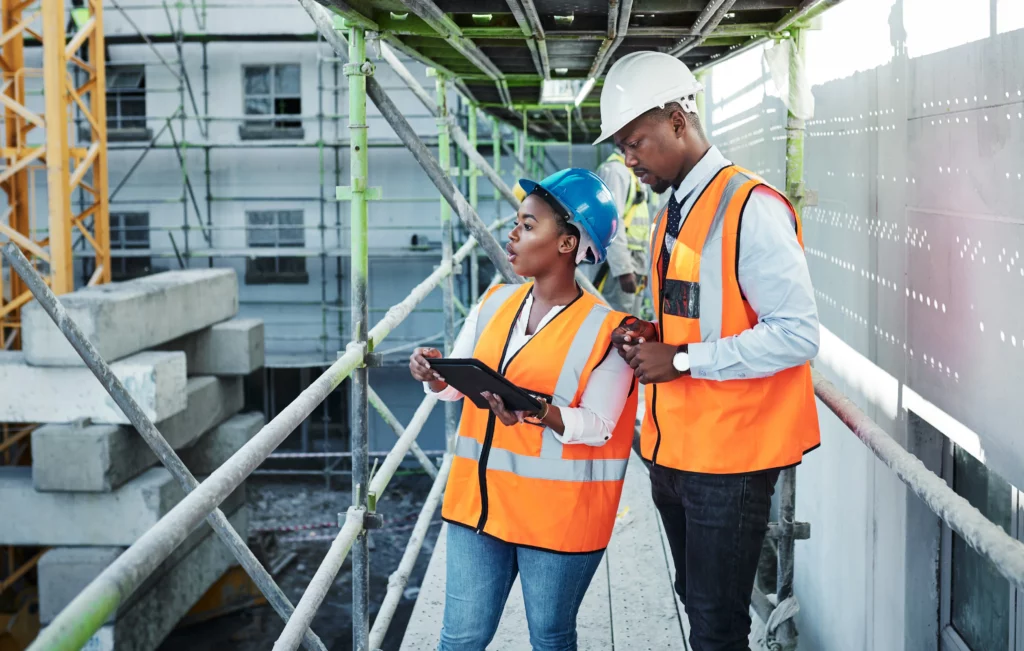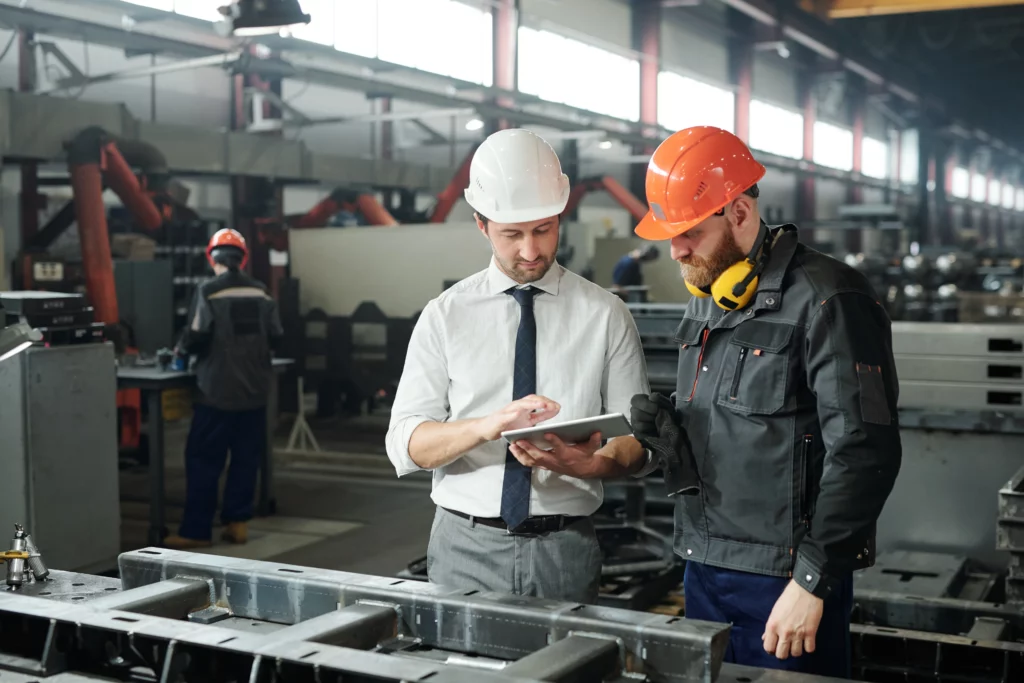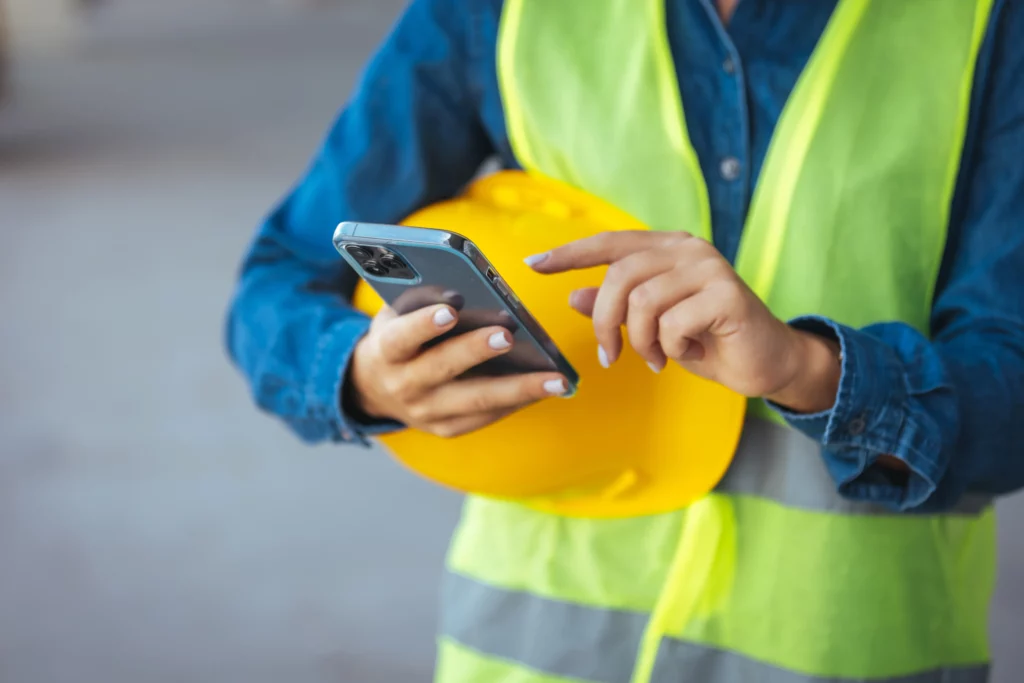Welcome to our third blog on the importance of health and safety when working in the construction industry. This blog provides tips for establishing a strong and long-lasting culture of health and safety in your organisation and supply chain.
Working in the construction industry has always been seen as high risk due to the type of work activities being undertaken. Each year, when the HSE release their annual statistics, the fatality and ill health/injury rate for construction workers is always higher than most of the other industries.
From April 2021 to April 2022, 30 construction workers died. This means there were 0.172 fatal injuries for every 100,000 workers in the industry.
In 2022/2023, fatal injuries in construction increased, with a AFR of 2.20 per 100,000 workers. The rise in deadly injuries has made construction businesses rethink how they can enhance their safety culture.
What are the main factors that demonstrate a positive safety culture?
Before we can answer this question, we need to understand what a positive health and safety culture isThe standard answer (below) from the HSE (Health & Safety Executive) & IOSH (The Institution of Occupational Safety and Health) publications state:
“The safety culture of an organisation is the product of individual and group values, attitudes, perceptions, competencies, and patterns of behaviour that determine the commitment to, and the style and proficiency of, an organisation’s health and safety management. Organisations with a positive safety culture are characterised by communications founded on mutual trust, by shared perceptions of the importance of safety and by confidence in the efficacy of preventive measures.”
To simplify this, let’s focus on key elements. This will help us learn how to create a positive and long-lasting culture of health and safety:
Management Commitment
Clear and visible commitment from management is important for motivating and ensuring health and safety in your organisation. It is indicated by the proportion of resources (time, money, people, technology) and support allocated to health and safety management, and by the status given to health and safety versus production, cost etc. The active involvement of senior management in health and safety is very important and it has always been regarded as the starting point towards a culture of safety.
Visible Management
Managers that are seen to lead by example when it comes to health and safety will always promote and drive health and safety leadership within the workforce on construction sites.Good managers regularly talk to employees about health and safety. They show they care by taking action, like stopping work to resolve safety-related problems, sharing what they’ve learned, or by mitigating potential risks.
Employee participation
Employees must actively participate in health and safety to take ownership of safety throughout the organisation.This includes participating in safety workshops, forums, and meetings, as well as consulting on risk assessments. It also involves capturing and reporting accidents, incidents, hazards, near-misses, and positive safety observations. In companies with a good safety culture, employees, contractors and management have the same safety story. They work together to make safety a priority and see it as a shared journey.
Safety Procedures and Management Systems
All organisations must have Safety Procedures and Management Systems in place to ensure that safety control measures are formally implemented, monitored, and enforced.This creates a clear understanding across the organisation of what is required to ensure health and safety in the workplace.
In construction for example: this could relate to the requirement for a safety induction prior to any works commencing. It could also be capturing the safety requirements of all construction activities, ensuring that a Method Statement is completed and briefed to all workers and contractors. ISO 45001 (2018) and SSIP certifications can also demonstrate a positive safety culture in organisations. Examples of SSIP awarding bodies are Constructionline, Chas, and Safe Contractor.
Effective Monitoring (Proactive and Reactive)
Effective monitoring is an important element to help you identify how you can improve your health and safety culture. Many people believe that they can determine the safety culture of a company by the number of accidents reported. However, this is not true. For instance, Company A and B, which are similar in size and in the construction industry, prove this misconception.

- 2 x Accidents
- 3 x Near Misses
- 2 x Hazards
- 3 x Positive Safety Engagements
Company B:
- 7 x Accidents
- 45 x Near Misses
- 61 x Hazards
- 91 x Positive Safety Engagements
The statistics seen above for Company A and Company B are hugely different but are significant when you are looking for signs of a positive health and safety culture. I believe Company B has a stronger safety culture. They report and investigate incidents correctly. Additionally, they actively capture free learning events such as positive safety observations and near-misses.
Reporting near misses and hazards is crucial for identifying if you have a positive safety culture. It helps prevent accidents in your organisation by allowing you to address potential risks before they occur. Remember, a near miss or hazard is an accident waiting to happen.
These points help your organisation determine if you have a positive health and safety culture in your industry.
What can be done to improve the health and safety culture within the construction industry?
Based on my 25 years’ experience as a safety professional working in the construction industry, I feel that for an organisation to improve their health and safety culture, the following key components must be implemented:
Five Key Components to improve your health and safety culture:

Better safety planning and programming
Plan your work and activities ahead of time, especially for risky tasks. This will help you have more control and a clear understanding of the work you’re doing. This will also ensure that suitable safety measures are in place for workers to carry out their activities safely.
All construction projects now require a suitable and sufficient Health and Safety Plan (Construction Phase Plan – CPP) for the work being carried out. This plan ensures that your organisation takes into account all the relevant health and safety aspects of the project. It also states how we will manage and control these elements.
Communication
Sharing information from the construction phase plan with all workers on site is crucial for promoting health and safety engagement.
Ensuring that all of your safety briefings (RAMS – Risk Assessments and Method Statements) are carried out effectively on site is another means of embedding a culture of health and safety. This will allow you to engage and consult with your workforce prior to any activity being undertaken, which in turn, can establish ownership for health and safety among all workers on the project.
Competency training
Staff in most organisations attend industry competency courses delivered by the CITB to ensure they have the necessary training. This training is vital for an organisation to ensure that their procedures and protocols are being followed.
Do you carry out onboarding training? If so, do all the procedures and safety protocols that need to be followed get covered? To improve your safety culture, everyone in the organisation must travel in the same direction.
Better use of technology
This is the most important strategic development for health and safety over the past 10 years. Using technology and working smarter, not harder, to enhance your safety management approach, will help you cement a positive safety culture, especially within the construction industry. Use technology to save time and effort on construction projects where resources are usually scarce.
Why not use electronic safety documentation? It can save time and it will allow you to ensure that safety protocols are followed. Additionally, it allows everyone in the organisation to see the protocols. Better safety compliance will most certainly lead to a better safety culture.
Furthermore, technology can play an important part in capturing data to assist with my next safety component – Accident Reduction Programmes.
Accident Reduction Programme:
It is every organisations aspiration to cause zero harm. This is why an effective accident reduction programme can reduce, and in time possibly eliminate, accidents occurring. So, what do I mean by an effective accident reduction programme? This is a strategy to prevent accidents occurring based on several factors (data):
- Current accident reporting data, including causation and root cause analysis.
- Near miss and hazard reporting trends.
- Industry accident trends, which can be found on the HSE website.
- Safety concerns that may have been reported through safety engagements.
The information collected from the details listed above will enable an organisation to develop an accident reduction programme based on trend and root cause analysis. I will also add that the accident reduction programme is a live document and should be reviewed at least once a month to ensure it remains current and effective.
My final point is around the implementation of a behavioural safety programme. We all know that the major cause of fatalities on construction sites is falls from height, and that more people are injured in construction from slips/trips and falls than any other event. However, do you know that unsafe acts cause over 80% of all injuries within the construction industry? A behavioural safety programme is designed to:
- Improve safety practices that stem from a behavioural shift from unsafe to safe practices.
- Increase awareness to improve situational preparedness and safety perception.
- Allow you to react in a safe and timely manner when an emergency arises.
- Engage employee participation by rewarding positive behaviour.
The five key components I have listed above, will improve your safety culture when working in the construction industry. I based these components on my experience working as a safety professional on a number of major projects throughout the UK.
Further blogs to follow in this series covering health and safety in the construction industry:
- Blog 1 – Why is Health and Safety important in construction?
- Blog 2 – What are method statements in construction?
- Blog 4 – Technology solutions for improving safety on construction sites
- Blog 5 – Prevent common injuries in the construction industry
References Used:
Construction – Construction Design and Management Regulations 2015 (hse.gov.uk)
Influencing the right culture
Construction (Design and Management) Regulations – CITB
